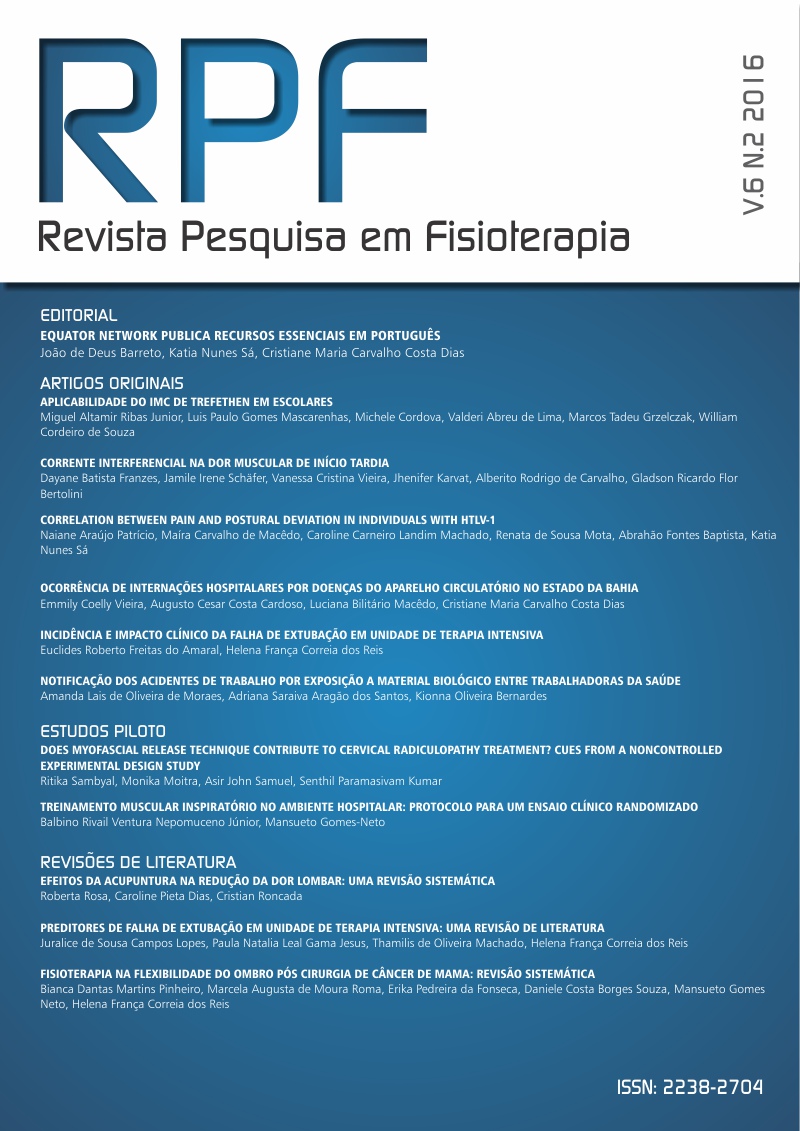HOSPITAL ADMISSIONS DUE TO CIRCULATORY SYSTEM DISEASES IN BAHIA
DOI:
https://doi.org/10.17267/2238-2704rpf.v6i2.920Keywords:
Circulatory diseases, Occurrence of hospital admissions, Unified Health SystemAbstract
Introduction: Circulatory System Diseases (CSD) in 2009 were among those responsible for 28.7% of deaths in developing countries and 26.6% in developed countries. The direct costs related to the management of CSD in Brazil is high, with significant impact on the budget of the health financing agencies, especially regarding the expenditure on drugs, hospitalizations and secondary and tertiary care. Objective: To describe the sociodemographic characteristics and the highest rate of hospitalizations for cardiovascular diseases in the state of Bahia. Materials and Methods: This research is quantitative, descriptive, based on secondary data, health information based on data collected in the Department of the Unified Health System (DATASUS), in the period between 2008 and 2013. The target population are individuals with cardiovascular diseases with hospital morbidity, being included in the study: gender (male and female), race (white, black, brown, yellow, indigenous), age (40 to 79 years old). Results: The highest rate of hospitalization due to CSD were in Salvador and Feira de Santana, with heart failure and essential hypertension in the population from 70 to 79 years old. Conclusion: The most prevalent CSD was the heart failure in 70 to 79 years old individuals. Males presented higher morbidity and among the races displayed homogeneous distribution.



